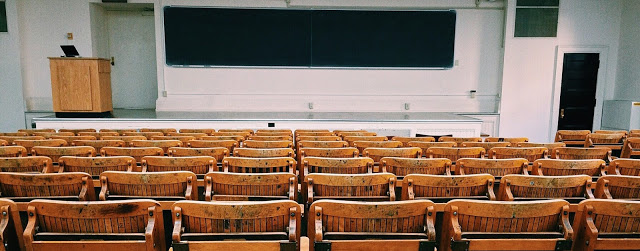Mathematics is a beautiful science that holds the secrets of our world. This goes for both theoretical and applied mathematics. However, students have a problem seeing mathematics for what it really is. The problem is that we don’t work harder on bringing students closer to real world applications of this science. In order to do this, some changes need to be made. We should support college teachers that try to import modeling and technology in order to help students learn Math properly.
In this article, we shall see how modeling and applications can help students understand the real world application of Mathematics.
Using modeling in the Mathematics curriculum
This approach is not favorable just for college students. There are many ways to implement this learning approach on all levels of education system. Elementary schools would be the initial point where kids would learn to recognize the real life application of mathematics. As an example, we could imagine a situation where elementary school kids are introduced to more than one object. Kids would be tasked to describe the object in hand and fill a paper with their findings. Quite expected, their response would often be focused on a single attribute. It could be size, color, material, weight, etc. The result would be kids creating a histogram without even knowing what a histogram is. In short, kids would gather new skills and learn how to apply mathematics in most basic, everyday tasks. It could end math homework problems for most kids.
More advanced classes would have some more complex assignments, which is expected due to their age. As an example, we could have students learn complex mathematics. Imagine a group of students learning about partial derivates and tangent plane through modeling. One would just need to ask students to put themselves in a certain landscape and describe what they see. Students would discuss mathematics even though they would not have that feeling.
Simply put, we could have students with a better understanding of the world that surrounds. More than that, they would learn how to apply mathematics in real life. Modeling before introducing a certain topic helps students build a foundation. This way students would have real world knowledge about a topic that they are being introduced to. The end result would be students being able to get a better grasp of the subject. After all, our mission is to create educated people with applicable knowledge, not stranded students asking “Who will do my math homework for me, please?”
The possibilities
There is a wide array of possibilities that this learning improvement offers. And we are not talking about simple math homework help. There is a lot of potential in modeling and application in applied mathematics and engineering.
The Society for Industrial and Applied Mathematics issued a report that backs up the use of modeling. The report states that modeling should be applied in classrooms everywhere. Further, in the report, we could get to know all the aspects of introduction and evaluation of modeling in mathematics curricula.
The Society for Industrial and Applied Mathematics encourages young teachers with little or no modeling experience to jump on board. The goal is to include as many teachers as possible in this form of education.
Mathematical Contest in Modeling and the Interdisciplinary Contest in Modeling gather math students with an interesting agenda. The goal was to make students use all the math they could in order to solve problems from the real world. The students argued that it was a memorable math experience for them.
This means that modeling would have an impact on teachers, classes, and students. As a result, we would have better and more useful mathematicians.
A Final Word
It’s difficult to learn if you are thinking about some abstract terms that you can’t find in real life. This is especially the case when it comes to mathematics. This is why it’s important to use all tools available in order to help students learn easier. But it’s not just about transferring the knowledge, this way students will have a better chance applying math to the real world. What’s your opinion? Did you have any experience with modeling in your math course? Let us know in the comments section below.
Sudipto writes educational content periodically for EduBow.Com and backs it up with extensive research and relevant examples. He’s an avid reader and a tech enthusiast at the same time with a little bit of “Arsenal Football Club” thrown in as well.
